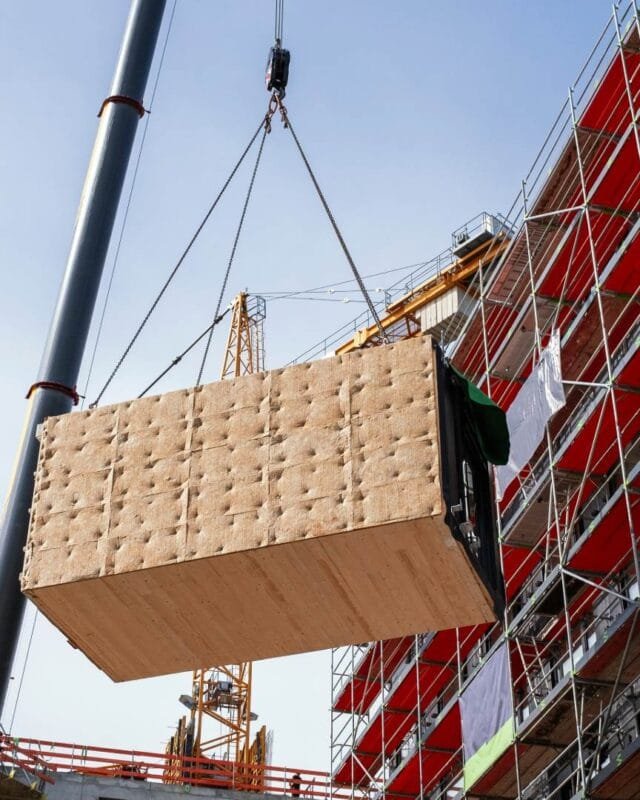Key Trends in Saudi Arabia’s Infrastructure Expansion
The Saudi infrastructure boom is reshaping the Kingdom’s landscape and driving significant advancements across transportation, industrial hubs, and urban planning. With USD 819 billion worth of construction projects underway, Saudi Arabia is positioned as a global leader in infrastructure development, fueled by both government and private investments as part of Vision 2030.
Sustainability and Innovation Powering Saudi Infrastructure Boom
Central to this boom is a commitment to sustainability and technological integration. NEOM, the USD 500 billion megaproject, epitomizes this trend. With its linear city concept spanning 170 kilometers, NEOM prioritizes renewable energy, advanced transport systems, and human-centric urban design. Projects such as The Line and Oxagon integrate cutting-edge solutions to redefine urban living, industrial productivity, and environmental conservation.
High-Tech Infrastructure: Redefining Efficiency and Safety
One defining feature of the Saudi infrastructure boom is the adoption of automation and artificial intelligence. Robotics, drones, and 3D printing have become pivotal technologies in construction. These innovations enhance efficiency, reduce costs, and ensure compliance with safety standards. The $1.5 billion high-speed rail connector in the NEOM region, developed by a joint venture between Italy’s Webuild and Saudi Sajco, reflects this technological evolution.
Saudi Arabia’s National Industrial Strategy further emphasizes the integration of high-tech manufacturing processes, aligning infrastructure development with broader economic goals.
Expanding Trade and Transportation Networks

Saudi Arabia’s ports serve as crucial anchors for global trade. Container handling at Saudi ports increased by an impressive 9% in 2023, reaching 11.38 million units. Investments exceeding USD 1 billion are transforming logistics parks, warehousing facilities, and bunkering stations into world-class hubs. With 28 new maritime services and partnerships with international ports, Saudi Arabia is enhancing its connectivity to global trade routes.
Land transportation also benefits from this boom, particularly through projects like the high-speed rail in NEOM. These developments signify the Kingdom’s commitment to linking major industrial centers and promoting efficient logistics operations.
Urban Growth and Commercial Opportunities
The commercial sector has seen unparalleled activity during Saudi Arabia’s infrastructure expansion. Retail projects encompassing 184,000 square meters in Riyadh and Jeddah are modernizing urban spaces, blending entertainment and lifestyle solutions. The office real estate market is equally dynamic; Riyadh boasts a 97% occupancy rate for Grade A office spaces, demonstrating surging demand in business hubs.
Hospitality plays a pivotal role as well. By 2030, Saudi Arabia will feature 310,000 hotel rooms, bolstered by a USD 110 billion investment. The Kingdom ranks third globally in hotel construction, trailing only China and the United States. These developments showcase the country’s readiness to host international visitors while strengthening its tourism sector.
Driving Economic Diversification and Global Leadership
The Saudi infrastructure boom is not merely about expanding roads and buildings; it’s a strategic leap toward diversifying the economy. Vision 2030 emphasizes reducing dependency on oil revenues by fostering industries such as manufacturing, logistics, hospitality, and technology. As infrastructure developments unfold, Saudi Arabia is becoming a global role model for innovative and sustainable expansion.
The Future of Saudi Infrastructure Boom
From NEOM to port expansions, the Saudi infrastructure boom is a testament to the nation’s ambition and forward-thinking approach. Projects blending technology, sustainability, and global collaboration are positioning Saudi Arabia as a leader in infrastructure innovation. As the Kingdom continues to lay the groundwork for transformative urban and industrial landscapes, it sets a compelling example for economic growth and global partnerships.
Also Read: $2.1 Trillion Expansion Drives Saudi Construction Growth



